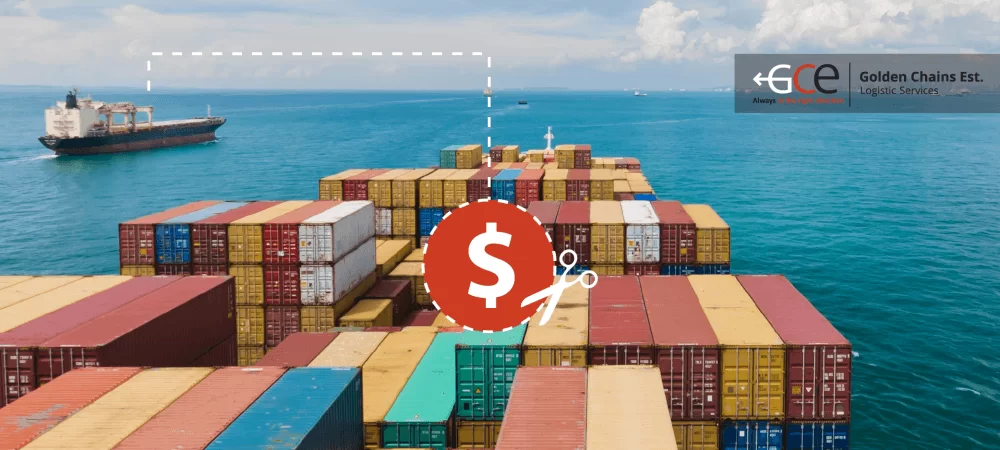Importing and Exporting Tips
No one likes additional shipping costs or unexpected expenses when moving cargo. However, the freight industry has many regulations, and people can easily be overcharged if they’re not familiar with the process and how to handle import and export matters smartly.
This post offers tips to help you save on shipping costs during your import or export process.
Check out Importing and Exporting Tips!
Importing Tips:
1. Know your declared value of goods
Most people assume that the purchase is the declared value of goods. However, this is not the case. The value of goods is usually determined on the day that the shipment departs – not the day you placed the order or the day you paid the supplier. This is why you should be attentive to the dollar rate at the time of the declaration of the value of your goods.
2. Capitalize on free trade agreements
Free Trade Agreements apply and change over time, depending on your country’s trade relations. Importing from countries with a Free Trade Agreement can save costs by negating duty charges.
3. Know the audit rules for importing
Customs can review import documents up to five years after shipping. If faults are found, penalties may apply, even for shipments from years ago.
This is why you should safely store the documentation regarding your import processes during this period. By hiring GCE Logistics, an experienced freight forwarder, you won’t have to worry about documentation. We’ll ensure all your cargo documents are safely stored for the required legal time, avoiding penalty shipping costs.
Exporting Tips:
1. Know your Incoterms
Incoterms can be complex and confusing to understand; however, it is essential that you fully comprehend the terms that you are agreeing to, avoiding you to having to end up paying more or running unexpected fees. Therefore, as an exporter, you need to know all the costs, responsibilities, rights, and obligations that accompany the use of a specific Incoterm, which will lead you to know exactly what costs will be associated with the goods you are exporting, without any overestimation or underestimation.
2. Research the area you are exporting
Each country has its own specifications and legal requirements regarding its import and export processes. Selling to a new area requires you to fully understand what steps you need to follow to make sure you have everything required for your cargo to safely arrive at its destination, without any documentation problems at customs that will end up making you spend more money to solve, for example.
By hiring GCE Logistics export solutions, for example, you won’t have to worry about this, because our team has all the expertise in the different country’s regulations, and will be ready to assist you and guide you through your entire exportation process, ensuring that you save shipping costs on having any problems with that.
3. Do your paperwork
As we have already mentioned above, each country has its own set of import regulations, requiring different licenses and customs paperwork, for example. Some countries will require certain stamping, legalization, or original documents, for example, while others accept copies. This is why, to make sure you don’t make any unnecessary effort or pay an additional cost you shouldn’t have to, you should know exactly what the country you are exporting to requires as far as documentation and paperwork.
You are now aware of some important actions you should consider when importing and exporting goods, to not have any additional and unexpected costs during this process. However, with no doubt, there is one single tip you need to follow to ensure all of these other ones are also followed, and that is working with an experienced and reliable international freight forwarder.
By moving your cargo with GCE Logistics, we ensure you the process will be hassle-free and that you won’t have to worry about any of this, our experienced staff will guide you through every step along the way and make sure your import and export processes are as smooth as they can be!
Visit our website to learn more about our import and export solutions!
For more in-depth information, read How to Make Your Region a Logistics Hotspot


Recent Comments